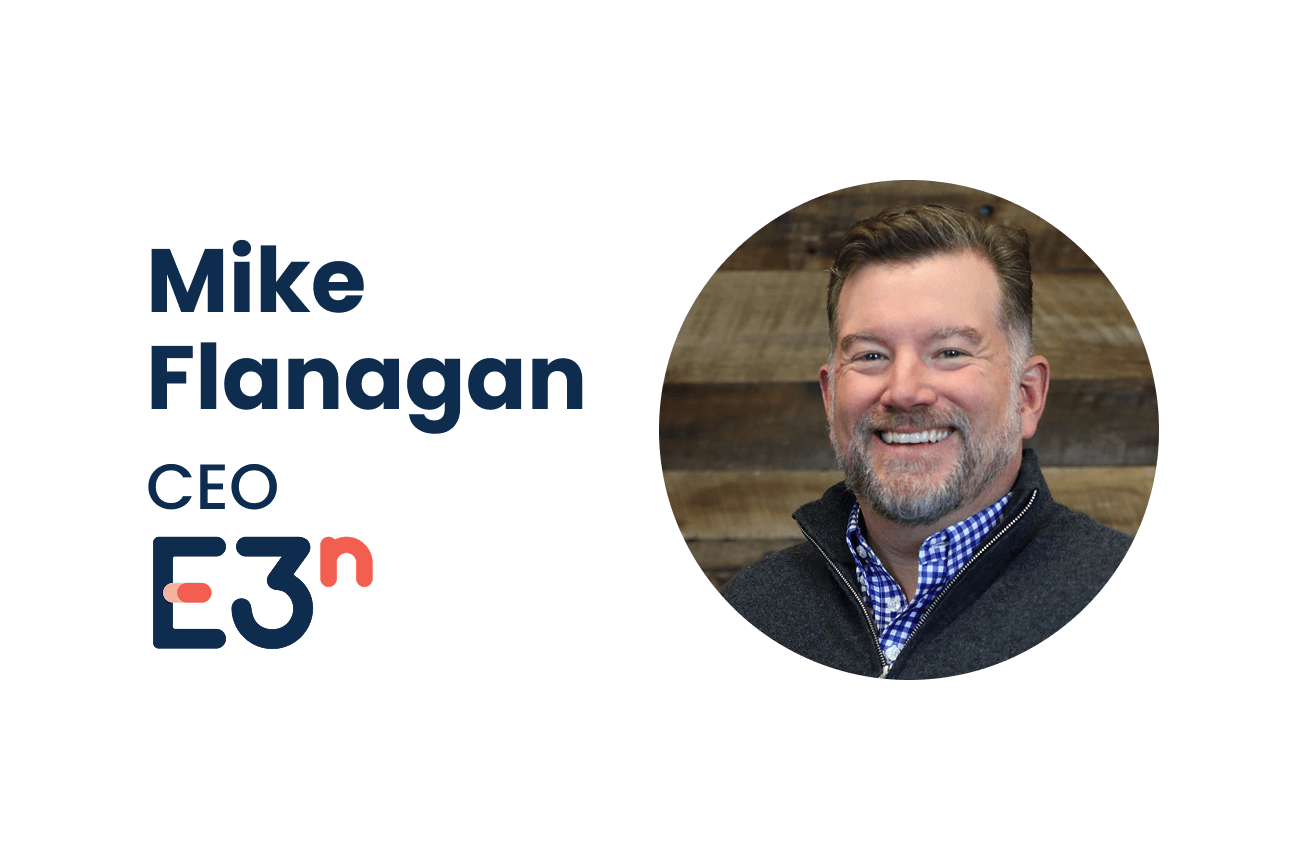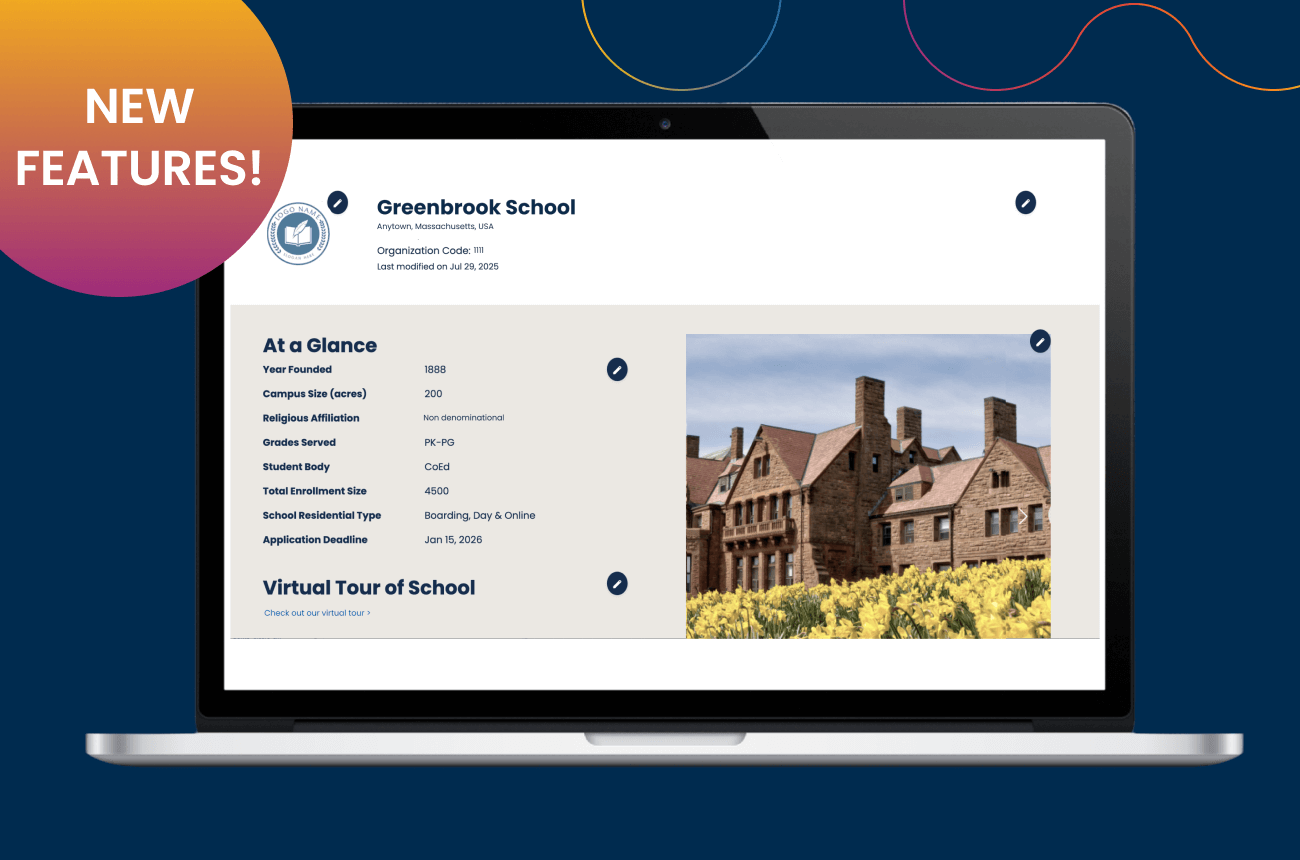Admission Office Profiles: Boarding - St. George's School

From The Yield, Spring 2014
Name of School: St. George's School
Enrollment: 1158
Type of school: Day/Boarding – Grades 1 to 12
Gordon Allan, Director of Admissions — Has been involved in independent school education in both single-sex and coed schools for over 30 years as a teacher, director of admission, director of communications, and head of school. He has been at St. George’s School for the past 12 years.
Reto Camenzind, Head of Admissions, Senior School — Is in his fifth year with the St. George’s School admission office. As a graduate of St. George’s School and a former captain of boarding, he has a strong connection with the school’s residential life program and is currently a house parent.
Emily Moir, Head of Admissions, Junior School — Is in her fourth year with the St. George’s School admission office. After graduating from Smith College, Emily began her career in education at Avon Old Farms School, and, upon completion of her master’s degree, taught at Highland Park High School in Dallas, Texas. Her experiences in teaching, coaching, and single-gender education give her a valuable perspective in her role.
Did you change, alter, or update your 2014-2015 application? If so, what did you change, and why?
The most profound change we made with respect to the application was not with the form itself, but rather in making sure parents properly understand the process before submitting the form. By segmenting the application process by grade and using grade-specific step-by-step messaging, we have been able to ensure that parents know, for example, about space availability, grade-specific
deadlines, testing and forms, our ability to manage children who require resource assistance, and any different requirements that may exist between local and international applicants. Families have told us they now feel much better informed by the time they get to the online application stage.
Did you change anything in your application review process versus last year? (Ex: All online files, fewer committee members, new faculty members, use of new data for each student, etc.)
One of our ongoing objectives is to continue to refine what constitutes a mission-appropriate applicant and to ensure that we align our review process with what we call mission-appropriate indicators. For example, St. George’s embraces 21st century learning and more group-based or collaborative-style pedagogy, so one of our mission-appropriate indicators is that “the student can work collaboratively.” However, like most schools, our main tool for predicting a student’s potential to succeed in this type of classroom environment has been the one-on-one interview format. Our solution was to add a second, group-based interview format to our review process in which we place applicants into one of two groups, present each group with a different hypothetical, lateral-thinking-style question, give them access to technology, and then ask each group to find a collective solution to their problem. They are also asked to give a presentation and provide critical feedback on the other group’s presentation. This measurement has proven invaluable in terms of showing us the student’s authentic learning style and classroom personality. We have also been able to engage other members of the school community in the admission process — heads of grade, department heads, members of the management team, and faculty members — by allowing them to observe these group interviews and provide feedback. We are also exploring the use of Google Hangout to administer virtual group interviews for those students who cannot travel to campus. (Editor’s note: visit the webinar page to view a recorded webinar from St. George’s staff on this topic.)
As a single-sex institution, what challenges/advantages do you feel you face that coed institutions don’t when capturing applicants and enrolling them?
How do you address these advantages/challenges in your marketing and communications?
Fifteen years ago we would have apologized for being an all-boys school and de-emphasized that aspect of who we are. Today, however, the pendulum is clearly swinging in our favor, particularly as there is growing research to suggest that more and more boys are falling behind, dropping out of school early, and/or not going on to university. From a marketing point of view, we highlight that we are deliberately a boys’ school and try to educate parents about the growing body of brain-based research that has identified clear developmental differences between boys and girls.
Some research we profile in our marketing materials is that boys seem to be better at managing smaller chunks of information, are more singular task-oriented, and as a result, are more receptive to project-based assignments. They are more spatial and visual in their learning in comparison to girls, who are more verbal and auditory learners. Boys are highly relational in their learning and yearn for a strong sense of belonging, tend to be more impulsive risk takers, and are often more competitive. With this backdrop, we then emphasize how, as a school that specializes in boys, we can capitalize on the strengths of boys and focus more proactively on their weaknesses.
As a single-sex institution, do you find there are particular grade levels that are more challenging to enroll? Are families more inclined to consider single-sex education at some grade levels over others?
A number of parents who are looking at single-sex schools tell us that they value coeducation at the elementary school level, but see the advantage of moving their sons to a single-sex school at the secondary level. Yet, while many of these same parents come to our open houses with the idea of looking to the future, a significant number of them are won over by the breadth and depth of what we have to offer, as well as our philosophical emphasis on the needs of boys, and ultimately enroll their sons at the elementary level.
What new marketing strategies or tactics did you employ during this school year? Do you feel they were effective recruitment or retention tools?
One area of focus was identifying our value proposition as a boarding school within a city like Vancouver. In particular, we decided to look at some of the compelling reasons that someone might want to board at an urban boarding school and to use those reasons to highlight the “urban boarding school experience.” This has really helped us differentiate our boarding program, attracting students who clearly don’t want to reside on remote, rural campuses but want the safety and security of a campus like ours — as well as close proximity to the exciting cultural benefits of a world-class city like Vancouver. The “urban boarding experience” is a term that now connects all of our marketing materials with clear messaging, which helps to define our unique niche. We are also finding that the responsibility for the independent school search process has moved from the parent to the student. This past year we invested in the development of an iPad app that can be downloaded from the Apple Store. This app allows the prospective student to build his own education, look at sports options by term, see movies about the school, and explore the school through clear, concise, and compelling messaging. From a logistics point of view, if we get an inquiry from the other side of the world, we can now say “just download our app” as opposed to spending time and money couriering hard copy promotional material. We also have produced one- to two-minute YouTube videos on our website that highlight everything from “What is the SSAT?” to “The Urban Boarding Experience."
What key data do you use on a daily, weekly, and monthly basis to adjust your enrollment strategies?
We track online inquiries on a yearly basis, and aim to follow up on those inquiries daily. We also look at hits on our website and inquiries from unique visitors, and may adjust our travel schedule or marketing planning if there is unexpected activity from a specific area. With respect to comparative analysis, about two weeks following our fall open house season in October, and just prior to offering a select few early acceptances in December, we will look at where we are compared to where we were at the same time last year. We then continue with monthly comparisons for the balance of the admission cycle. In terms of tracking, we monitor inquiries and applications by grade, by region, by boarding and day, by feeder schools, by family or alumni relationship, and by SSAT performance. We also do some profiling of our inquiries following our print and radio advertising or overseas fairs to look for unique or increased activity. Having said all this, education is not about impulse buying, and we have to be careful about saying things like, “Well we’re not going to advertise there anymore, because we did not get any inquiries.”
While I’m all for data analysis, there are times when over-analysis, or granular and repetitive analysis, of data can actually be demoralizing and send incorrect messages. Day-to-day statistics are fluid and not always reliable as predictors for meaningful analysis. What is more important is to anticipate what the next few years will look like and plan accordingly to avoid surprises. For example, it might be important to anticipate those years when there will be more than the usual number of students graduating, to examine declining birth rates of pre-K students, or to understand the message that attrition in certain grades may be sending. Admission offices would then adjust enrollment targets accordingly and incorporate
all of these data into long-range enrollment planning.
How do you educate your families on the financial aid process? Do you use any unique tools to help families understand what level of aid they might receive?
This past September, we started to incorporate the use of a “Financial Aid Profiler,” which allows families to identify themselves as day
or boarding applicants and then indicate their gross family income. With these data, the profiler discloses the range of aid, as well as the average award we have given during the past five years to families with similar profiles and income levels. The intent is not to promise the same amount of aid to a prospective family, but to let that family see whether it might be eligible for some assistance without having to have what may feel like an awkward discussion with our office.
Do you work closely with other peer institutions or like-minded constituent groups with regards to enrollment management? Is there anything that another organization offers your admission office which you feel is of great benefit when enrolling new students?
We have a great working relationship with our local collective, known as the Independent Schools Association of British Columbia
(ISABC). Actually, St. George’s recently hosted a workshop, under the auspices of ISABC, which targeted the admission and communications personnel from all 21 of our member schools. We worked through issues of differentiation, performed reputation analyses, and shared each other’s elevator pitches. As a single-sex boys’ school, we also market, travel, and recruit with single-sex girls’ schools in our organization to offset costs and provide prospective families with the complete package of options.




